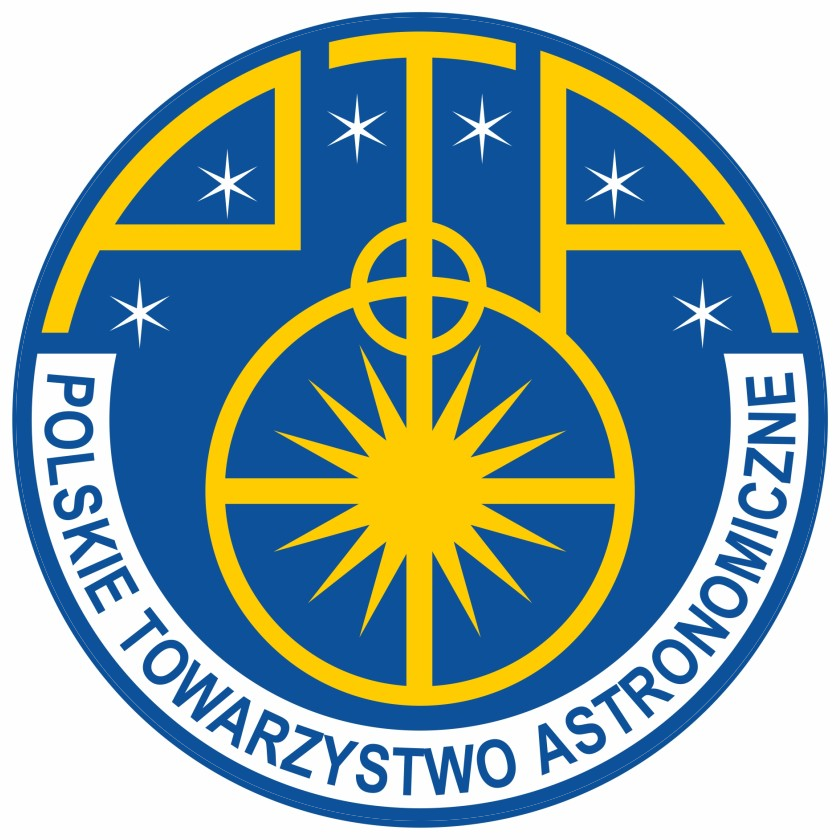Przemysław Mróz
Obserwatorium Astronomiczne, Uniwersytet Warszawski
Sesja III: Układy planetarne i małe ciała (wykład zaproszony)
Wtorek 12.09.2023 12:15 – 12:45
abstrakt:
Thousands of extrasolar planets have been discovered up to date. Although many of the known exoplanets do not resemble those in our Solar System, they have one thing in common – they all orbit a star. However, theories of planet formation and evolution predict the existence of free-floating planets, gravitationally unattached to any star. They may form as a result of dynamical processes in young planetary systems or during the late stages of host star evolution.
Gravitational microlensing is uniquely suited for finding free-floating planets.
Recent independent studies carried out by three microlensing surveys – OGLE, KMTNet, and MOA – indicate that free-floating or wide-orbit planets are indeed very common in the Milky Way.
I will present the current constraints on the frequency and properties of rogue planets in the Milky Way. I will also discuss observational techniques that allow us to distinguish free-floating planets from planets in Uranus- and Neptune-like orbits. Finally, I will briefly discuss the future prospects for determining the frequency and mass function of rogue planets by the planned microlensing experiments.
